As you read this on April 9th, America is celebrating National Unicorn Day. Yes, that is a thing. The unicorn has enjoyed a recent surge of popularity over the past several years. For most people, the word unicorn brings to mind images of pure white horses with gleaming horns, possibly surrounded by sparkles or with rainbows coming out of unexpected places.
While it is true that many old unicorn myths associate the animal with purity and the color white, its actual history is a bit grittier than pop culture would have you believe. Here are four things you never knew about the history of the unicorn:
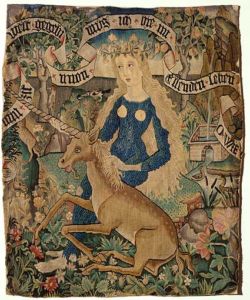
1. It Wasn’t Always a Horse
In modern art, unicorns are always depicted as horses, but in ancient times the emphasis was more on the horn and less on what it was attached to. Unicorn stories were often the result of a fundamental misunderstanding by Europeans about what, exactly, a rhinoceros was. The Greek historian Ctesias (400 BCE) described the Indian Rhinoceros as a wild donkey “the size of a horse, with a white body, purple head, and blue eyes, and on its forehead was a cubit-long horn…”.
He claimed that drinking from its horn could protect you from stomach ailments, poison, and epilepsy.
Other Greek and Roman authors described unicorns living in the Middle East and India. Many of their descriptions sound to a modern reader like a rhinoceros or an aurox (a long-horned wild bull). Their descriptions of a creature with “feet the size of an elephant’s” and “a tail like a boar” are a far cry from the graceful animal depicted later.
In Medieval European art, the unicorn is depicted as goat-like with cloven hooves and a goat’s beard. It looks majestic on a tapestry but probably wouldn’t look right on a sparkly notebook or as a pencil eraser.
(If you google “goat unicorn,” you will not be disappointed).
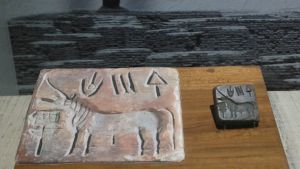
“Unicorn” seal from the Indus Valley Civilization. Attribution: Royroydeb, CC BY-SA 4.0 <https://creativecommons.org/licenses/by-sa/4.0>, via Wikimedia Commons
2. Unicorns Have an Ancient Lineage
The oldest unicorn myths come from the Middle East, India, and Ethiopia. Rather than a creature of the woodlands, this unicorn was a creature of deserts and plains. It also descended from the rhinoceros but had become a legendary creature with many forms by the time Europeans encountered it.
There are ancient depictions in Mesopotamian, African, and Persian art of unicorn-like beasts. The Indus Valley Civilization (3300 BCE-1300 BCE) used a unicorn-type animal on official clay seals. Some scholars think this Indus Valley version may have been depicting a long-horned wild ox that looked to only have one horn when viewed from the side.
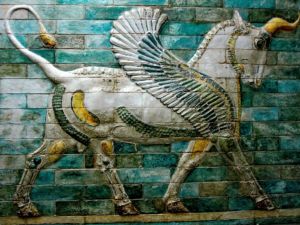
Unicorn in Apadana, Shush, Iran Attribution: Mohammad.m.nazari, CC BY-SA 4.0 <https://creativecommons.org/licenses/by-sa/4.0>, via Wikimedia Commons
3. Unicorns are Found Across the Old World
The unicorn is almost as well-traveled as the dragon. It can be found across Asia, the Middle East, Africa and Europe.
In Persian and Arabic, people told stories of the Karkadann. 10th and 11th-century Persian scholars described this magical creature as having rhino-like features. The descriptions evolved over time, and the “short-curved horn” was replaced with a “long straight horn.”
The Persians credited this horn with magical healing powers, and some authors said that when used as a drinking vessel, the horn would sweat if poison were present. This ancient unicorn was a fierce creature that would drive away other animals, but like the later European version, could be tamed by a virgin maiden.
The Shâd’havâr is a medieval Muslim version of the unicorn with unique capabilities. This beast has one horn with 42 hollow branches coming off of it. When the wind passes through them, the horns produce a pleasant, musical sound that attracts other animals. It was said that the horns could be harvested and played by humans like flutes. One end produced cheerful music and the other a sad tune.
Later stories mixed this benign creature with another legendary beast, the Siranis, a predator that lures its victims with music. This mix of creatures produced a ferocious Shâd’havâr with 72 horned branches instead of 42.
In China, the Qilin (Chi’i-lin) is a rare, magical animal that brings good luck and foretells the birth of Emperors and sages. Described as early as 2700 BCE, it had the body of a deer, the tail of an ox, and a single horn on its forehead. The Qilin was a gentle creature that took care not to walk on grass or flowers. Though it tried not to harm any living thing, some stories say that the Qilin could produce fire to defend itself when threatened.
4. The Vikings Ran a Unicorn Scam
When the unicorn made its entrance into European mythology, it brought some properties from the Middle East. One of these was the unicorn horn’s ability to protect from poison. Europeans called the horn the alicorn and believed that powdered versions of it could protect from illness, and cups made from it would protect from poison. As European leaders were fearful of poison, alicorn cups were in high demand among the ruling classes from the Middle Ages until the 1700s.
Tests on alicorn powder samples and other things made from alicorn horn have determined that most were actually narwhal horns. The Vikings may have been the first to perpetuate this scam. Narwhals lived only in the North Sea and were unknown to people who lived further south. The Vikings hunted narwhals for food and their horns and at some point realized that they could pass these horns off as magical alicorns and sell them at exorbitant prices.
The scam worked, and “alicorn” became one of the priciest commodities of the time. It wasn’t until the Age of Discovery was well underway that southern Europeans discovered narwhals and realized they’d been duped. Even after this, narwhals were often referred to as “sea-unicorns.”
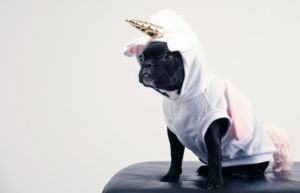
How to Celebrate National Unicorn Day
With so many types of unicorns to choose from National Unicorn Day seems a bit more exciting. If you’ve found a favorite unicorn go forth and create some cool art or something. If not, consider giving to your favorite wildlife charity to support the conservation of our real unicorns, the narwhal and the rhinoceros.

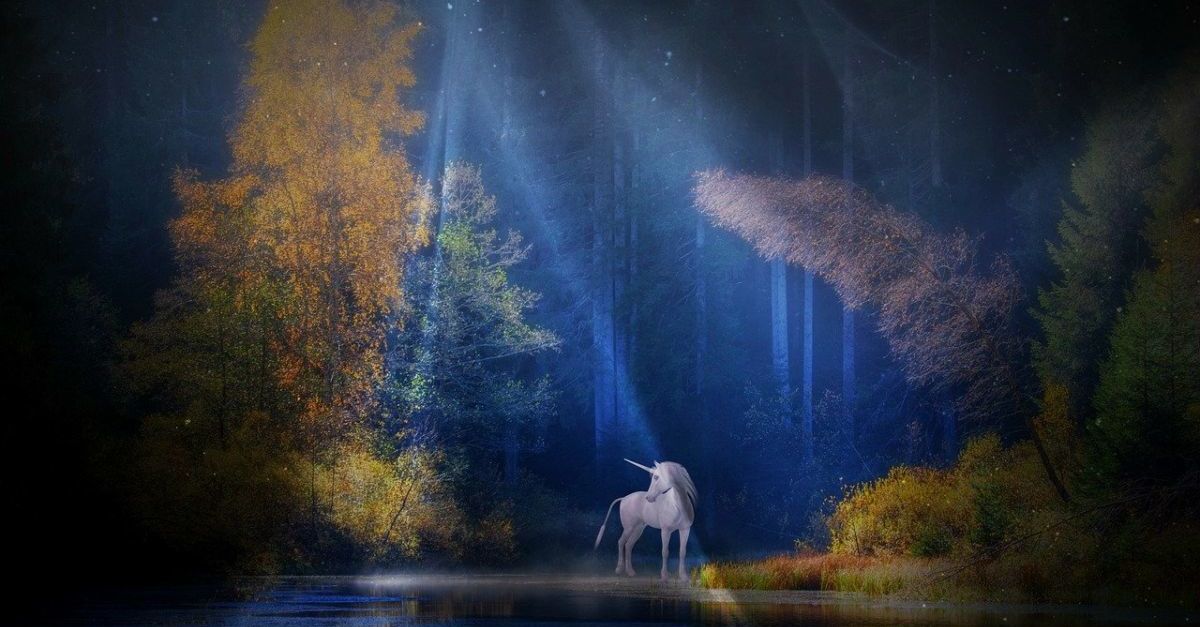
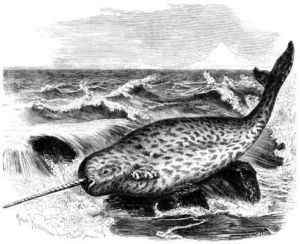
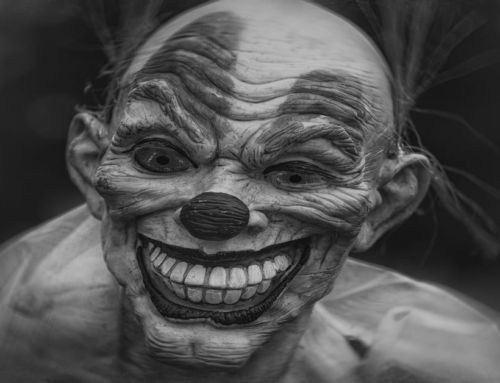
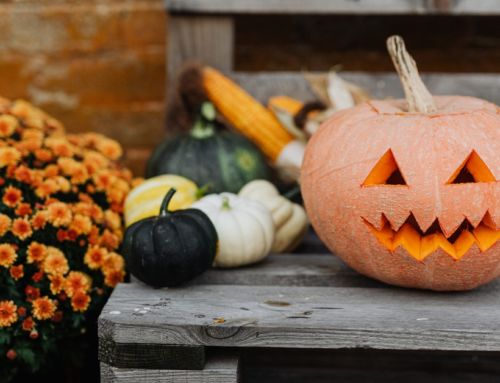
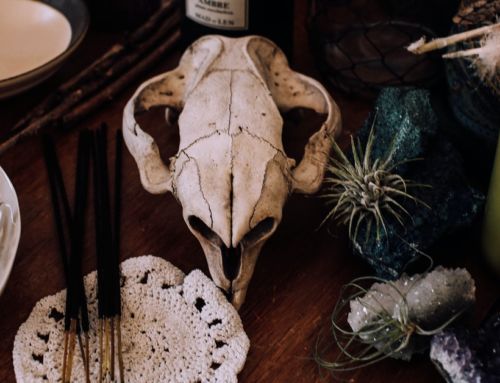
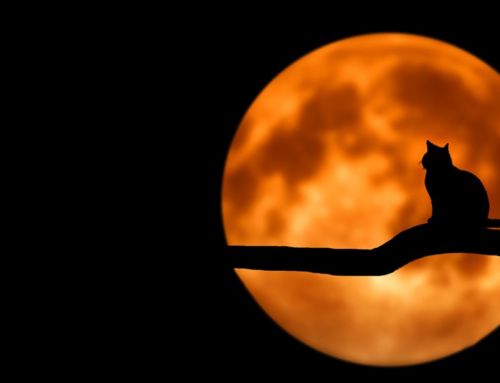
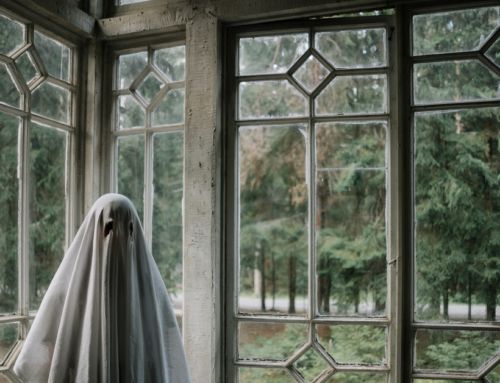
Leave A Comment
You must be logged in to post a comment.